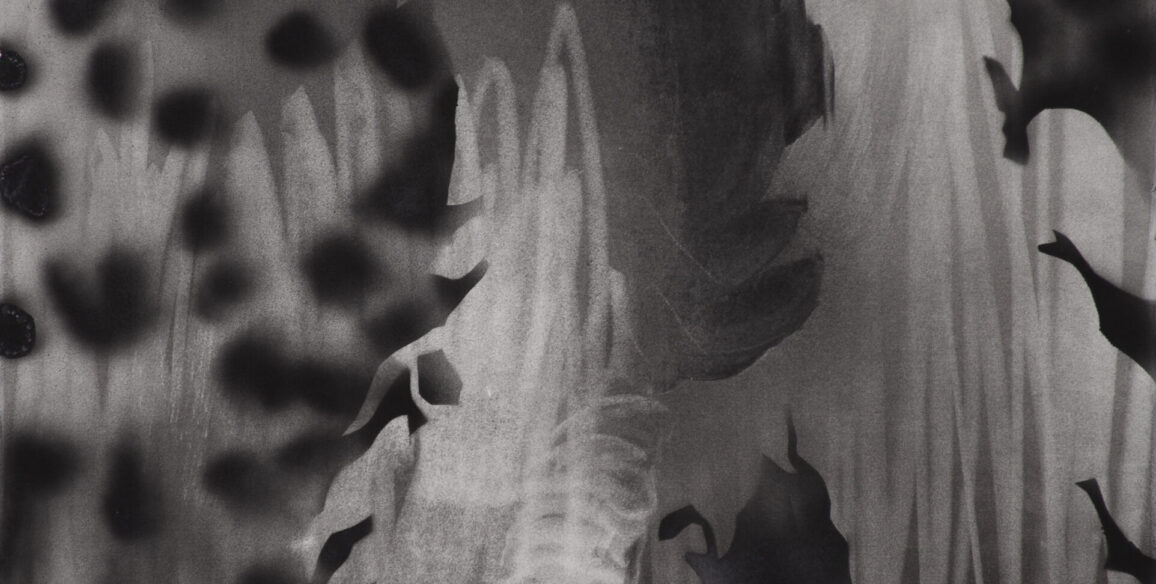Arnold J Kemp
(Born 1968; Lives and Works in Chicago, IL)
I’ve used the color black in my work, but not just as a color and also for its symbolic and political meanings. For me it is a color, a reference to race, since I am a black person, and also as a reference to a kind of magic. Black can also represent a sort of spiritual seeking.
I like to have students start class with a kind of meditation to let go of all the stresses of the day and all the stresses of the studio, so that we can then sit together and have a conversation in a fresh way. I just ask them to quiet down, sometimes lying on yoga mats on the floor, and follow their breath. Sometimes while they’re lying there, they become very aware of their bodies, and I will lecture about whatever’s on my mind that day. I talk to keep them from going to sleep.
I want the students to know who they are, whether it’s through yoga or astrology or psychotherapy or religion or meditation. It’s important that an artist try to figure out who they are so they are coming from a real place. If you can have freedom in your body then maybe you can have freedom in your spirit.
I have been working a lot with masks in the last few years — using aluminum foil, thinking about reflectivity and the narcissism of the mirror, thinking through the process of reflectivity and mirroring. I’m trying to break out and maybe play a little. I just started making images in aluminum foil and then putting them on a photocopier where I’m producing prints embellished which I then hand embellish with watercolors I make myself so that each print is unique. I’m trying to get my hand more involved in the picture, and I want to make things where people can really see my hand and the way aluminum foil responds to everything you do to it. Moving the aluminum foil around is my drawing mind and my drawing hands shaping that aluminum foil into an image. There’s something magical about these new prints.
Resistance and persistence are really important in continuing to look at the things that are interesting to you. That’s what’s kept my work going. The things that draw you into close looking are things you go back to again and again. Longevity is quite important in art even if it’s a small image that persists in your mind, like the Madame Cezanne I saw at the Museum of Fine Arts, Boston, when I was 12 years old. You’re looking at it now, but you start to remember where you were in your life when you first looked at it or the second or third time. Looking at art can also then be a way of observing the self.
–Conversation on September 16, 2020
Listen to our conversation here:
Selected Image from the Collection:

Kemp, Arnold J, Day Dream Nation (5), 2010, graphite pencil and Flashe on Chinese paper, Paper: 9 1/2 x 9 1/2 in.




